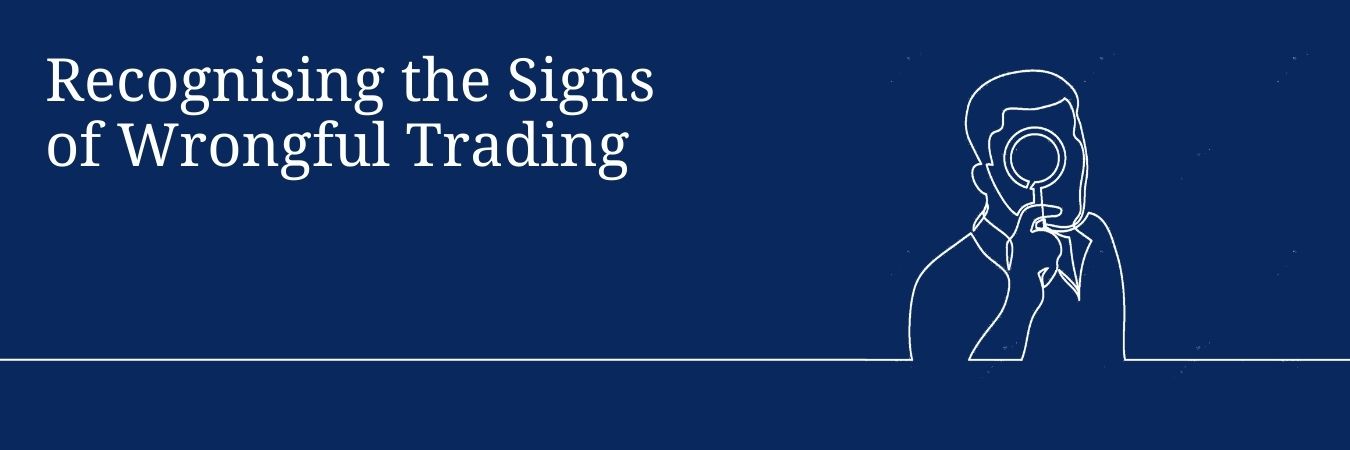
What Does the Statement of Affairs Contain?
In the UK, a Statement of Affairs (SOA) is a crucial document for businesses facing insolvency. It outlines the company’s assets and liabilities, giving a precise picture of its financial position at a particular time.
The SOA is essential for creditors, administrators, or liquidators to assess the available assets for repayment and understand the company’s debts. This document helps in making informed decisions during insolvency proceedings, ensuring a fair distribution of assets to creditors and aiding in the company’s restructuring or liquidation process. It’s a foundational step in addressing financial difficulties and seeking viable solutions within the UK’s legal framework for insolvency.
What Does a Statement of Affairs (SOA) Contain?
To effectively prepare a Statement of Affairs (SOA), it is essential to include a range of detailed financial information that collectively provides a transparent view of the company’s financial standing. This document serves as a critical tool for stakeholders, including creditors and insolvency practitioners, to understand the precise nature of the company’s assets, liabilities, and overall equity.
Overview of Assets
A detailed breakdown of everything the company owns with value:
- Current Assets: Assets readily convertible into cash within a year, such as stock, debtors, and cash in hand or at the bank.
- Fixed Assets: Long-term assets used over time, including property, plant, and equipment. Their value is depreciated over their useful life.
- Intangible Assets: Non-physical assets with economic value, such as patents, trademarks, and goodwill.
Liabilities Listing
A comprehensive list of all the company’s debts and obligations:
- Secured Liabilities: Debts secured against specific assets, ensuring creditors can claim these assets if the debt is not repaid.
- Unsecured Liabilities: Debts not secured against assets, including supplier invoices, utility bills, and unsecured loans.
- Contingent Liabilities: Potential liabilities that may arise depending on the outcome of a future event, such as pending lawsuits or tax disputes.
Shareholder Equity
The residual interest in the assets of the company after deducting liabilities, comprising:
- Issued Share Capital: The total value of shares that have been issued to shareholders.
- Retained Earnings: Profits that have been reinvested in the company rather than distributed to shareholders as dividends.
Profit and Loss Account
An account showing the company’s revenue and expenses over a specific period, highlighting:
- Revenue: Income generated from the company’s activities, including sales and services provided.
- Expenses: Outgoing costs necessary for generating revenue, such as cost of goods sold, salaries, and operating expenses.
Director’s Loan Account
Details regarding financial transactions between the company and its directors, including:
- Loans to Directors: Money lent by the company to its directors.
- Repayments by Directors: Money paid back to the company by its directors, reducing the loan balance.
Provisions for Future Losses
Estimations for potential future expenses that may affect the company’s financial health, such as:
- Depreciation: The gradual reduction of fixed asset values over time due to wear and tear or obsolescence.
- Bad Debt Provision: An estimate of debts that are unlikely to be collected, acknowledging potential losses.
Valuation of Assets and Liabilities
The methodology and techniques used to assess the value of the company’s assets and liabilities, including:
- Basis of Valuation: The foundation upon which assets and liabilities are valued, which may vary depending on the nature of the assets and the circumstances of the valuation.
- Valuation Techniques: The specific methods applied to determine the fair value of assets and liabilities, such as market value for assets or discounted cash flow for liabilities.
Need Advice?
Do you need help preparing a Statement of Affairs? Perhaps you’d like to discuss whether a Creditors’ Voluntary Liquidation is right for you? Whatever your circumstances, please call 0800 074 6757 or email: info@companydebt.com for the no-obligation assistance you need.










